How much does materials science stand to gain from Nature? Professor Ozin gives his take on the progress of biomimetics.
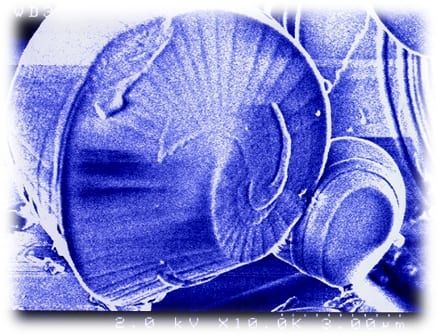

How much does materials science stand to gain from Nature? Professor Ozin gives his take on the progress of biomimetics.
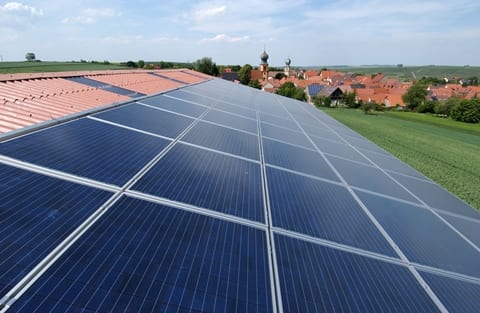
The new journal, Energy Technology, is accepting manuscripts on applied energy research in all areas of energy generation, conversion, storage, and distribution.

The past two decades have seen major changes for steelmakers across the world.
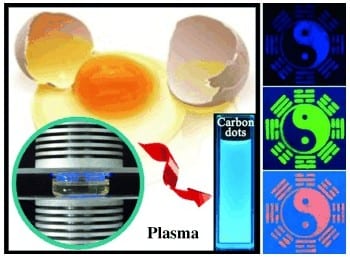
Fluorescent carbon dots can be made by plasma pyrolysis and used as printer ink.
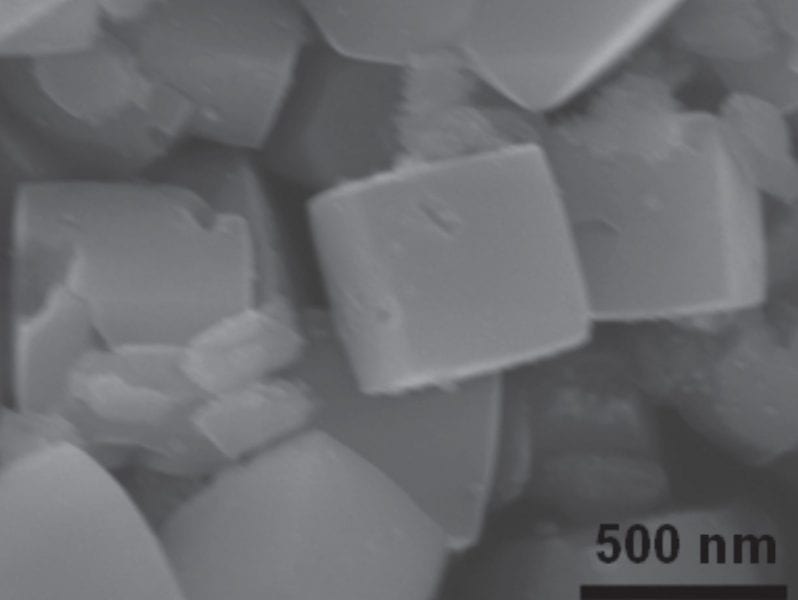
Chinese researchers have developed a new nanomaterial to improve the chemical conversion rate in photocatalytic energy systems.
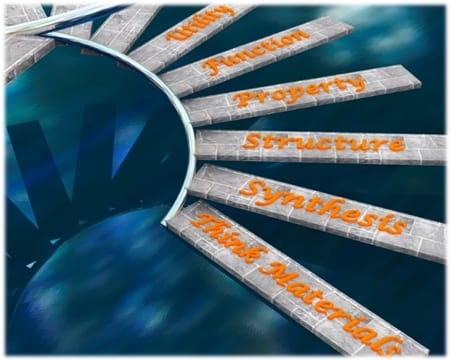
Professor Ozin looks back at the predictions for the field of nanochemistry he made 20 years ago; where has nanotechnology gone since?
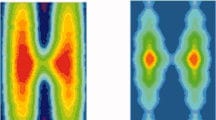
New work looks at recent progress in STM and DFT studies on the electronic structure of reduced rutile titanium dioxide.
From Reviews of the First Edition: This splendid, at times humorous, and reasonably priced little book has much to commend it to undergraduate chemists and to other science students. --J. G. Farmer, University of Edinburgh Complex environmental issues are...
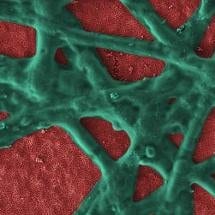
Photosynthesis is considered the "Holy Grail" in the field of sustainable energy generation because it directly converts solar energy into storable fuel using nothing but water and carbon dioxide (CO2). Scientists have long tried to mimic the underlying natural...
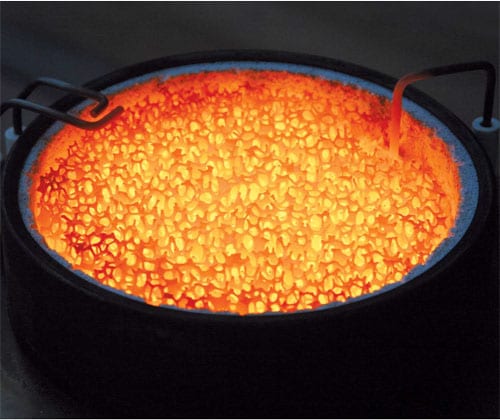
SGL Carbon’s porous reactors can synthesize hydrochloric and hydrofluoric acids and destroy pollutants in industrial waste gases.